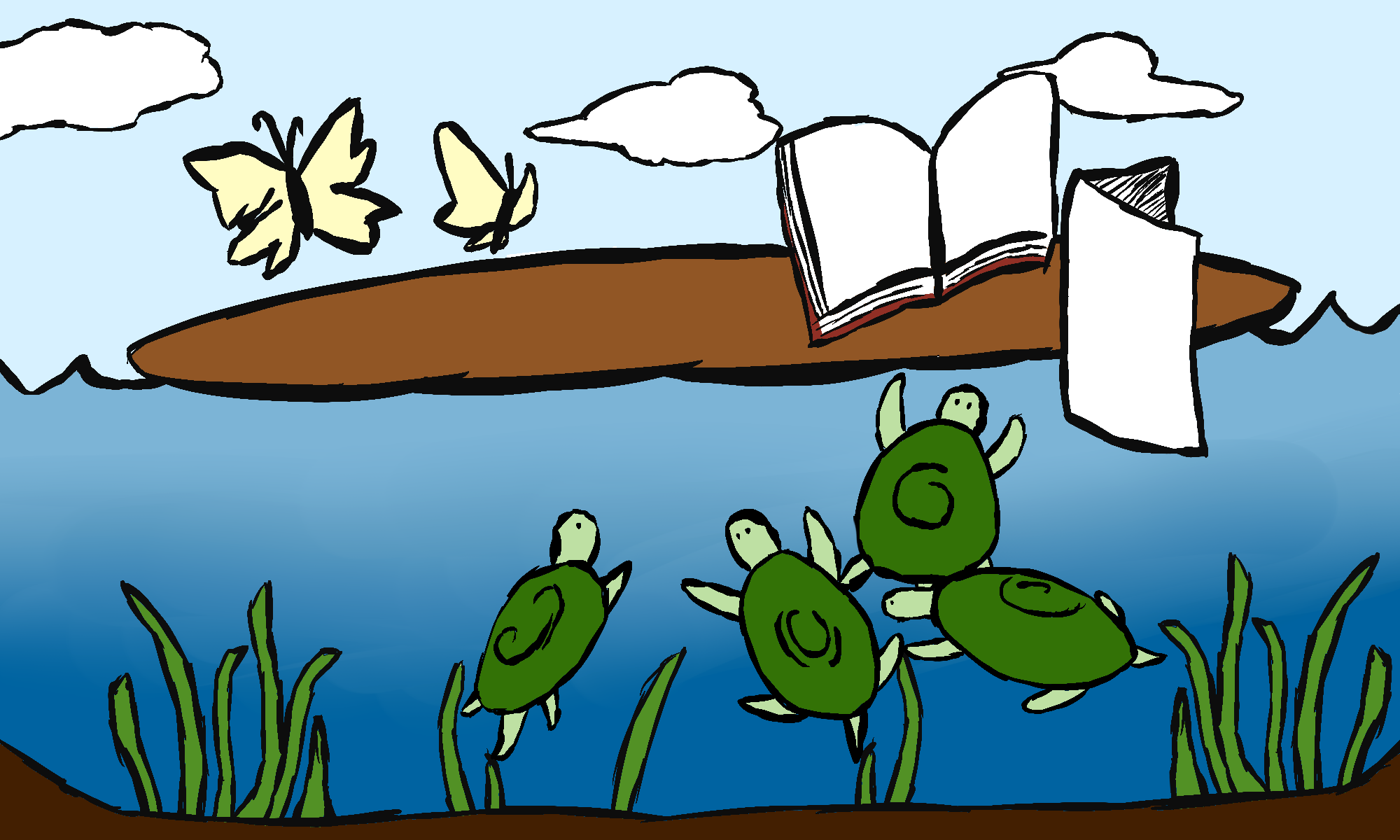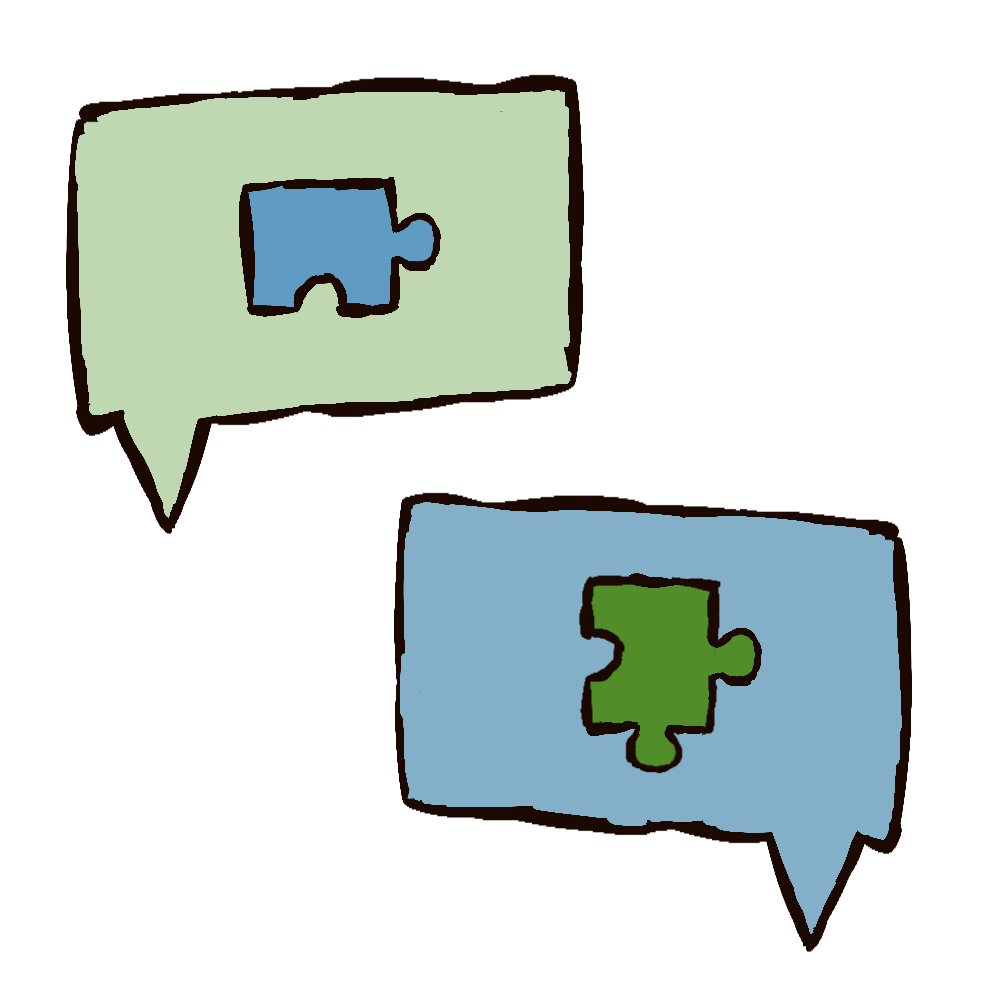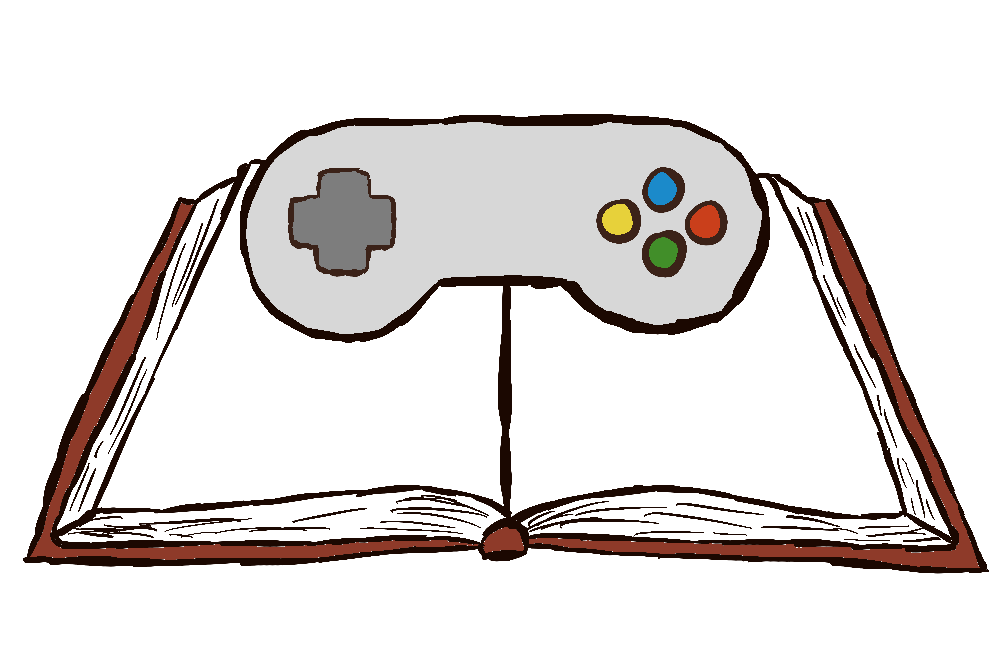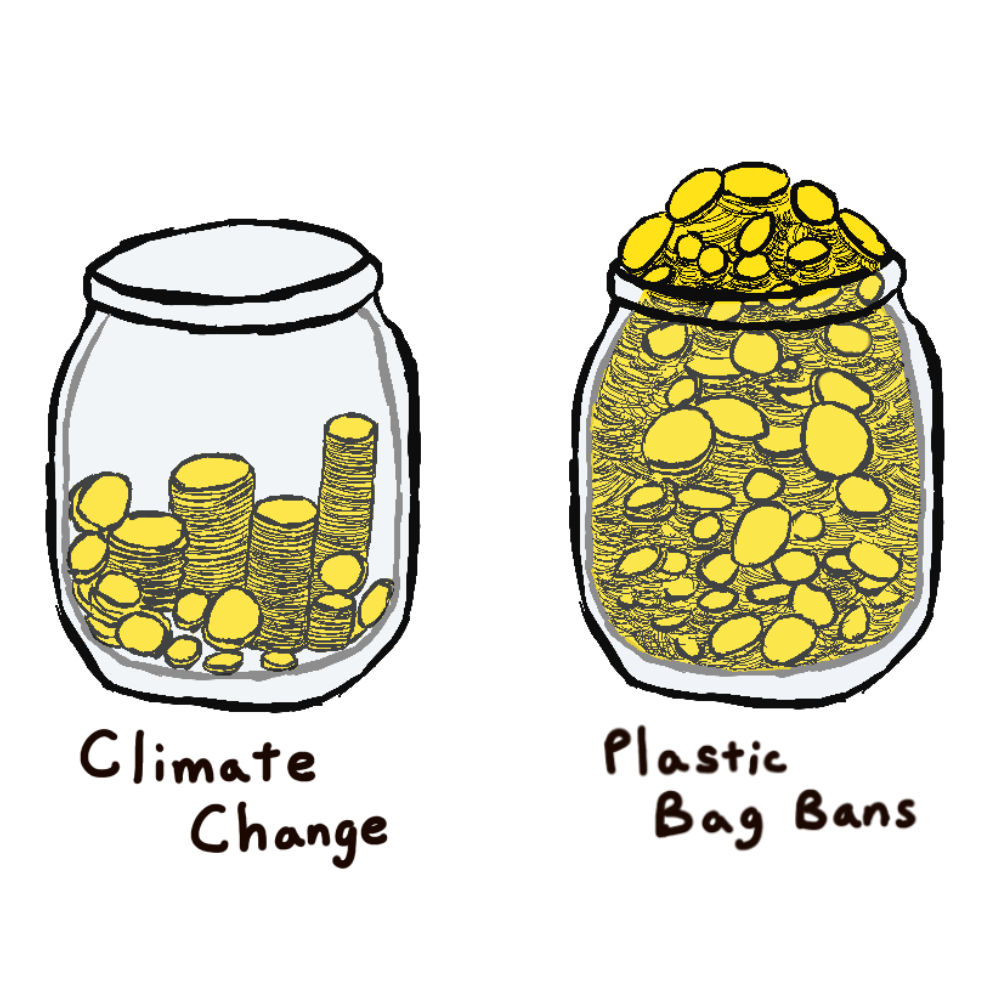
Elizabeth Bagley understands the collective responsibility that we hold in regards to the environment. She urges better communication between groups so we might understand the multiple perspectives needed to develop feasible climate solutions. Education is essential in connecting people with these solutions. To do this, Elizabeth uses video game programs to simulate and experiment with real-world scenarios that opens up opportunities for educators to bring major topics to the forefront and for the consumers to understand complex concepts. Elizabeth seeks to empower and guide the masses towards climate solutions through communication and education.
Elizabeth Bagley: I have a very deep sense of responsibility. That’s one of the shared values that people feel around climate. We happen to be the people who are lucky enough to be alive at this point in time, so it’s our responsibility to make sure that we have a planet and a society that can thrive together. We are the world’s leading experts on climate solutions, so we specifically focus on solutions. My role is to think about ways to connect people to those solutions, through education and engagement.
One of our partners, Ecochallenge, has different actions people can take to live more sustainably and take climate action. I had a call with the Executive Director trying to think about how we want to work together next. We rely on partnering and coordination. A lot of my days are thinking about how we can get solutions into the hands of different audience groups, as quickly, safely, and equitably as possible. I’ve talked to different community groups and different classes to make climate solutions relevant and relatable to their lives.

EB: Yeah, absolutely. It really went all the way back to my childhood, where I grew up on a farm in Wisconsin, and kind of had a feral upbringing where I could just run around and play outside. That was very foundational in terms of my interest in the natural world and my curiosity. I think that’s a big thing that I have to bring to work every day, being curious and wanting to know how a solution might impact this community. I think getting outside of our comfort zones and experiencing how other people live in the world is such a powerful way of empathizing with your customer.
I was teaching seventh and eighth grade science at the local school in Kenya. We had been noticing that the ocean was getting more murky and we didn’t know why. I’ve been super privileged to climb Mount Kenya, which is upcountry, and it’s connected to that community through a river. What I pieced together was that people on the mountain were cutting down trees so that they could use the wood to cook and to heat their homes. By cutting down the trees, it was also releasing the soil and creating erosion when the monsoon rains came. So those upcountry trees impacted downstream and were detrimental to the community that I was living in. It got me thinking about how to connect that whole system. We need to be much more holistic and think about systems. We can’t leave people behind or leave people out.
That was what shifted my thinking into educational psychology. How do people learn? How do we connect with people in meaningful ways? How do we connect people with the environment in ways that matter?
Elizabeth Bagley: Education is critical for getting us all to align on similar values. One of the ways we know we can get people to take climate action is not to throw facts and figures and doom and gloom at them. If I tell you, we only have ten years left to fix something, that’s gonna instill some fear in people, but fear is a short-acting drug. With the climate crisis, we need those long-release drugs that are gonna keep supporting us through this entire solution set. I think what education can do is help build the scaffolding in people’s brains and minds that we can hang our experiences on to help make sense of the world. That’s what’s called a schema. We can lead with values. Figuring out what we have in common and having those productive conversations leads to educating, empowering, and inspiring us to take action within our communities. It’s all of our collective opportunities to step up and start to take action, but we need to connect people first. That’s what education can do. We need to shift culture in a way that puts climate solutions at the forefront.

EB: There’s a great program underway right now through the United Nations called Playing for the Planet. In a game environment, we can take complex systems and manipulate them in ways that would be too costly or dangerous in the real world., We begin to understand how they work and where their places are in that journey towards solutions. The games that I designed in graduate school are focused not only on environmental indicators. We built in social structures, so you would get feedback from different constituents so that people could try to look through the lenses of other people to see how they were looking at the situation. It’s a lot harder to do that in real life, because in the game, we can simplify it, and we can bring things to the forefront and push things back. I think games are also inherently engaging and there doesn’t have to be a win state necessarily. It’s more about trade-offs with a layer of stakeholder engagement.
EB: Well, I hope so. That’s what Playing for the Planet is trying to do. Usually, environmental topics are a little more fringe and smaller game studios work on that, but Playing for the Planet has all the big names, and I hope they do something with it. We’re about to start working on a tabletop game, which I’m really excited about. And that’s not meant to be a huge hit to loads of mainstream folks, but rather a useful tool for educators, classrooms, and people to start understanding trade offs within the climate system.
EB: I used to work at the California Academy of Sciences as a Director of Sustainability. I think there’s a lot of other things that get media coverage as crises that are not as dire from a scientific perspective. An example is plastic in the ocean; we need to get rid of it, and we should not have as much plastic as we have. But the amount of energy and time people are spending on plastic bag bans in their communities versus on climate action plans is unbalanced. People focus on that because it’s visible. That’s what’s so hard about climate. I love finding ways in, to make the invisible visible, because that’s what I think really helps people connect to the content.

EB: You’re totally right. There’s no question that there’s a lot of disposability now. This is where we have a huge opportunity to show up and think about how to reimagine systems. Plastic is amazing, especially when it’s used for medical devices and things like that. It’s an important material, but how can we evolve and keep our systems evolving, so that we don’t have any waste? We can think about a more circular economy and design waste out of systems. How do we make sure that services we need, like covering our face because we don’t want to infect people, do that in a way where there’s no waste? In times like this, nobody was thoughtful enough or had time to design well, when it comes to designing waste out of the problems we’re trying to solve.
EB: To me, it means staying focused on solutions, and then implementing those solutions, no matter what gets thrown at you, because there’s a lot that can distract us in climate work. We need action and we know what we need to do. Science-based leadership lifts up communities and empowers them through funding and various mechanisms of support, to enable and empower people to put those solutions into action in their communities. That’s what climate leadership looks like to me.
Elizabeth Bagley is a Director for the Drawdown Learn project seeking to connect people with climate solutions through education and engagement.
Yuchao Wang is a graphic industrial designer who loves everything that has to do with creativity and innovation.
Xinyi Huang is a graphic designer who is interested in creating works about self-examination and life.
Derek Li is a graphic designer and photographer who focuses on exploring personal relationships and processing thoughts and emotions in his work.
↑